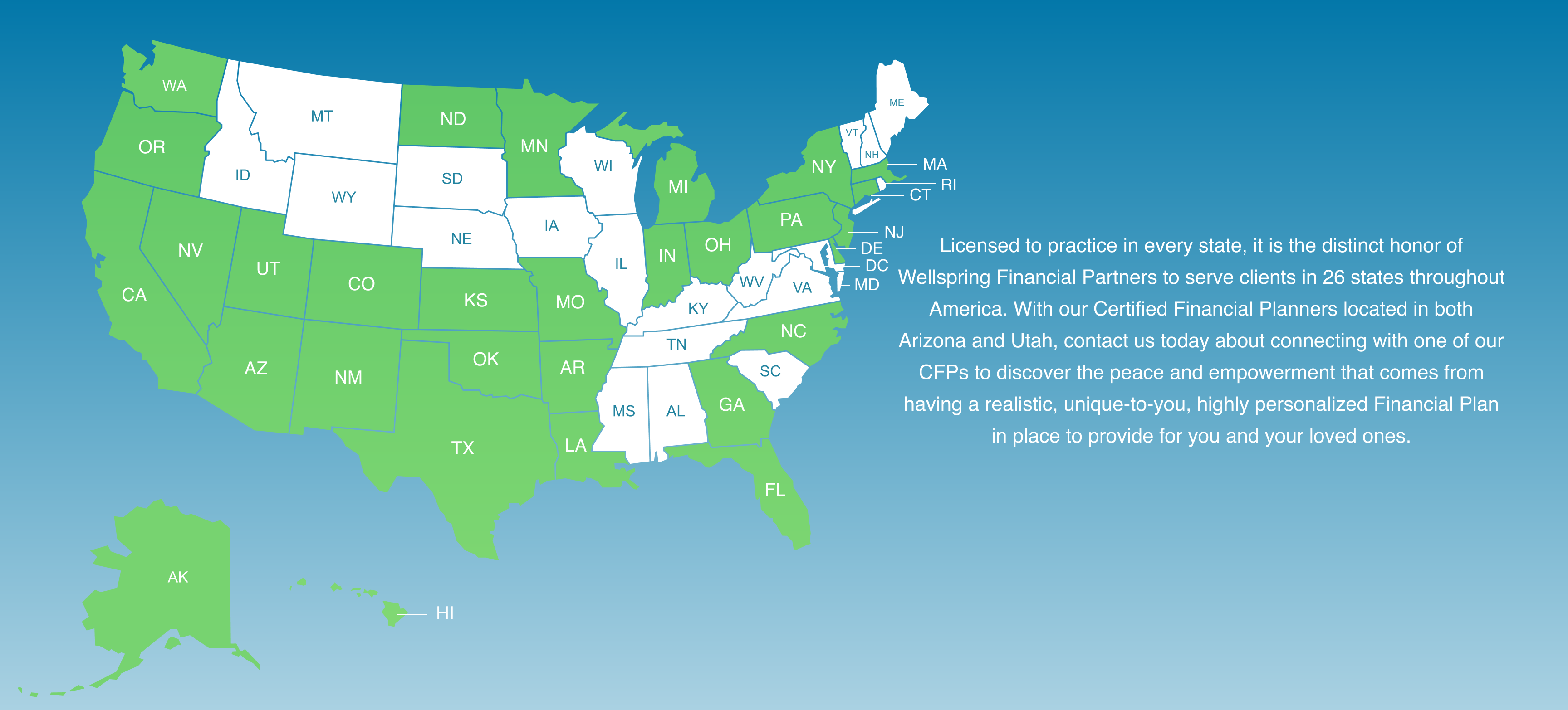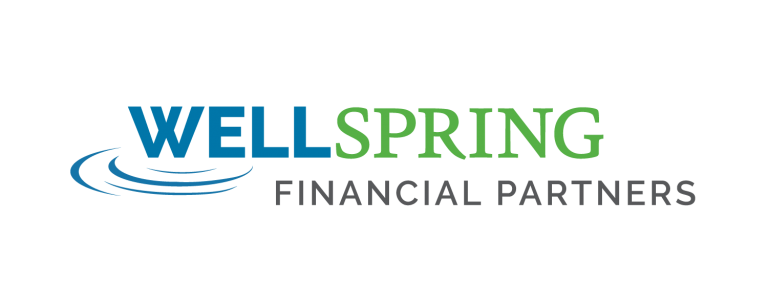The duty to provide participants with sufficient information to make consistently informed retirement investment decisions is a basic fiduciary responsibility under ERISA Section 404(a). However, there could be some plan committees who feel their participants are not consistently making prudent decisions.
According to a recent JP Morgan survey1 nearly 75 percent of participants say they are not confident with selecting investments. It is no surprise they found that 80 percent of participants surveyed have portfolios that do not match their stated risk tolerance. Also, according to an Investment Company Institute (ICI) research report2, only six percent of participants changed their asset allocation in 2016. This percentage has been similar since 2007 including during the 2008 market crash. No rebalancing after violent market movement? This does not look like “consistently informed investment decisions” as per ERISA.
Plan refresh is a process by which participants are notified that all existing assets and future contributions will be invested in the plan’s target date fund (TDF) (Qualified Default Investment Alternative (QDIA)) based on each participant’s date of birth, unless the participant notifies the plan otherwise. This is the same process as for other QDIA default actions.
The primary motivation for a plan refresh should be to improve participant investing. Assuming an appropriate TDF is offered as QDIA, why not affirm to participants that this is typically where they should invest, as opposed to giving them an array of mutual funds and anticipating that they will choose prudently? Surveys show that employees look to their employers for messaging which they assume to be in their interest.3 For many employers it seems this messaging may not be working and often results in participant confusion and imprudent investment selection, thereby diluting retirement readiness. A plan refresh could help solve this problem and also can have significant fiduciary liability mitigation benefits.
Investment refresh may help participants:
- Improve asset allocation*;
- Solve for use of any imprudent investments that may be in menu;
- Solve for legacy assets (prior default no longer appropriate);
- Solve for employees who asked HR what may be a suitable investment option;
- Solve for inertia; and
- Solve for rebalancing investments.
We find that refresh is frequently used at the point of a recordkeeper change or menu reconstruction. Assuming that doing a refresh makes sense and yields the type of results you want to see, why wait for a recordkeeper change? Unfortunately, there is a pervasive misperception that participants may push back, as was anticipated when auto enrollment was first introduced. Let’s look at the data:
- According to JP Morgan Plan Participant Research in 2016, one in two participants would rather push the easy button.
- 75 percent of participants are not confident they know how to best allocate contributions.
- 82 percent of participants support employers conducting a re-enrollment.
Often, many re-enrolled participants stick with the default investment long term. With good communication, pushback can be often non-existent, as with original auto enrollment.
Another misperception is that participants will opt out. Vanguard noted that the percentage of participants who fully opt out of refresh remains low. In fact, after one year, QDIA was held by 92 percent of participants and captured 81 percent of plan assets. A small group, 7 percent of participants, held what Vanguard described as “extreme” positions, a group that it said was comprised predominantly of participants who fully opted out of the target date default fund and constructed their own portfolios. This is exactly how refresh is supposed to work.⁴
We’ve covered the symptoms, diagnosis, prognosis, prescription and implementation. Can you recall a business decision that appears so clearly beneficial for plans, their participants and fiduciaries? Ask yourself if you were faced with making a decision that impacted the productivity or profitability of your company that is so clearly documented and supported — would you act on it or wait?
*Asset allocation does not protect against loss of principal due to market fluctuations. It is a method used to help manage investment risk.
1) J.P. Morgan Plan Participant Research 2016. https://am.jpmorgan.com/gi/getdoc/1383355101755
2) ICI report. https://www.ici.org/pdf/ppr_16_rec_survey_q4.pdf
3) NYU Law Review. “The Behavior of Defined Contribution Plan Participants.” 2002. www.nyulawreview.org ⁴Vanguard. Reenrollment: One year later. 2017. https://institutional.vanguard.com/iam/pdf/REEROLL.pdf?cbdForceDomain=false

















